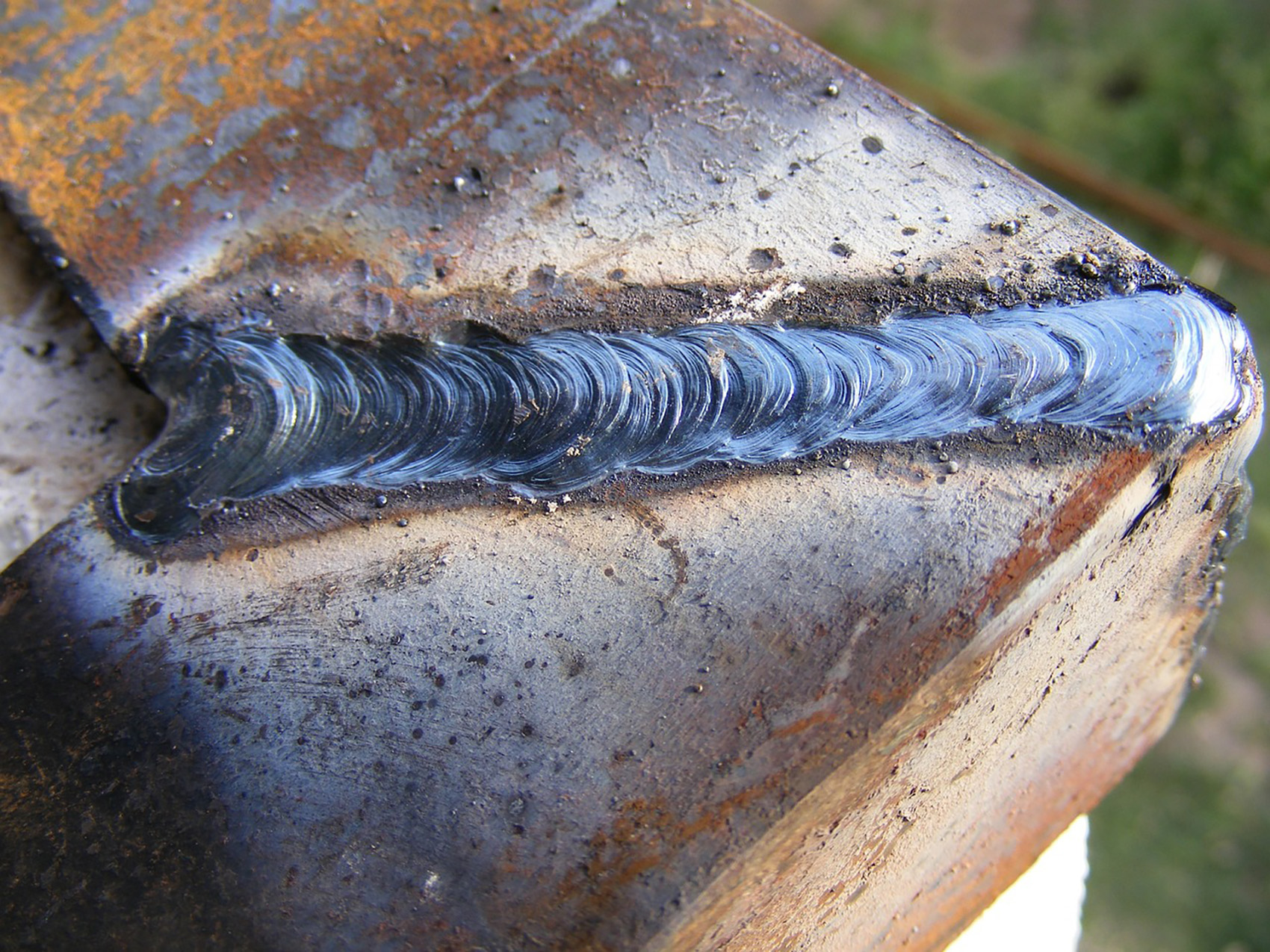Understanding the Causes and Solutions for Undercut Welding in Metal Manufacture Procedures
In the world of metal manufacture processes, the occurrence of undercut welding poses a substantial challenge that demands an extensive understanding of its causes and practical remedies. The elaborate interplay of numerous variables during welding procedures can result in this undesirable sensation, impacting the architectural honesty and general high quality of the welded joints - Preventing weld undercut. By exploring the source of undercut welding and exploring efficient restorative procedures, makers can elevate the standard of their workmanship and ensure the manufacturing of perfect metal elements
Usual Reasons For Undercut Welding
Regularly ignored in metal fabrication, undercut welding occurs because of different variables that require thorough interest and knowledge to be successfully alleviated. One typical reason of undercut welding is too much heat input. When the warm input is too expensive, it can result in the melting and succeeding disintegration of the base material along the sides of the weld joint, producing a groove or undercut. In addition, improper welding methods, such as utilizing the wrong welding angle or take a trip rate, can likewise add to damage formation. Poor securing gas protection is an additional essential variable that can result in undercutting. Insufficient gas insurance coverage fails to protect the weld pool effectively, causing oxidation and undercut issues. Additionally, the choice of welding criteria, such as voltage, present, and cable feed speed, plays a significant function in the event of undercut welding. Comprehending these common reasons is important for carrying out preventative measures and making sure top notch welds in steel manufacture processes.
Effect of Incorrect Welding Parameters
Imprecise welding criteria can substantially endanger the honesty and high quality of welded joints in steel construction procedures. The impact of wrong welding criteria manifests in numerous means, resulting in structural weaknesses and issues in the welded components. One vital aspect impacted by incorrect welding parameters is the infiltration deepness of the weld. Inadequate warm input because of reduced welding currents or excessively high travel rates can lead to poor combination in between the base metals, resulting in insufficient joint penetration and compromised bonds. On the other hand, extreme heat input triggered by high welding currents or sluggish travel speeds can bring about burn-through and excessive support, creating a weak and unpredictable weld structure. In addition, incorrect specifications such as incorrect voltage settings or inaccurate electrode angles can add to unpredictable weld bead profiles, lack of combination, and increased possibilities of defects like damaging. Careful focus to welding parameters is critical to guarantee the manufacturing of top notch welds with the desired mechanical residential or commercial properties and architectural integrity.
Result of Improper Lantern Angle
Improper torch angle in welding operations can significantly affect the quality and honesty of the last weld joints in metal fabrication procedures. Undercutting is a common welding defect where a groove develops along the weld toe, weakening the joint and compromising its structural stability.
A torch angle that is also steep can cause not enough infiltration, insufficient blend, and raised spatter. On the other hand, a torch angle that is also superficial can lead to excessive penetration, burn-through, and distortion of the base product. Preventing weld undercut. Appropriate torch angle is vital for making certain consistent weld quality, strength, and appearance
To prevent damaging and various other issues brought on by improper lantern angles, welders need to be educated to maintain the proper check lantern angle throughout the welding process. Routine monitoring and adjustment of lantern angles throughout welding can assist achieve audio welds with minimal flaws.
Duty of Inadequate Welding Techniques

Another element of insufficient welding strategies is improper weld prep work. Poor cleaning of the base steels, wrong joint style, or insufficient edge preparation can all add to damage welding. In addition, poor shielding gas insurance coverage or making use of the incorrect sort of gas can cause incomplete blend and the formation of undercut problems.
To attend to the role of poor welding methods in metal construction procedures, it is necessary Continued to supply thorough training for welders. Proper education and learning on welding criteria, joint preparation, and shielding gas choice can aid protect against undercut welding and guarantee high-grade welds in steel construction projects.
Reliable Solutions for Undercut Welding
Resolving undercut welding in steel fabrication needs implementing effective services to improve weld high quality and structural honesty. One of the main solutions to combat undercut is to change welding parameters such as voltage, current, and travel speed to make certain correct warmth input and combination. By fine-tuning these setups, welders can avoid extreme melting of the base metal and filler product, lowering the chance of undercut formation.
Furthermore, correct joint preparation is critical in preventing undercut. Making sure tidy base steel surface areas devoid of pollutants and utilizing the ideal bevel angle can assist advertise far better weld penetration and minimize the danger of undercut - Preventing weld undercut. Employing appropriate welding techniques, such as oscillating the lantern or weaving, can additionally assist in dispersing warm uniformly and filling the weld joint adequately, reducing the opportunity of undercut issues
In addition, picking the appropriate welding consumables, including electrodes and filler metals, is essential in minimizing undercut. Utilizing products with read appropriate chemical make-ups and mechanical residential or commercial properties can contribute to attaining audio welds with marginal undercut. Routine examination and quality assurance actions need to additionally be applied to find and deal with undercut issues without delay, guaranteeing the general integrity of made metal elements.

Conclusion
In conclusion, comprehending the causes and solutions for undercut welding in steel construction processes is essential for achieving top notch welds. By resolving typical causes such as inaccurate welding criteria, improper lantern angle, and insufficient welding techniques, welders can prevent undercutting and make sure strong, durable welds. It is vital to pay focus to these factors and carry out efficient remedies to improve the general welding procedure and end product quality.
